Rabai Mission, Kilifi
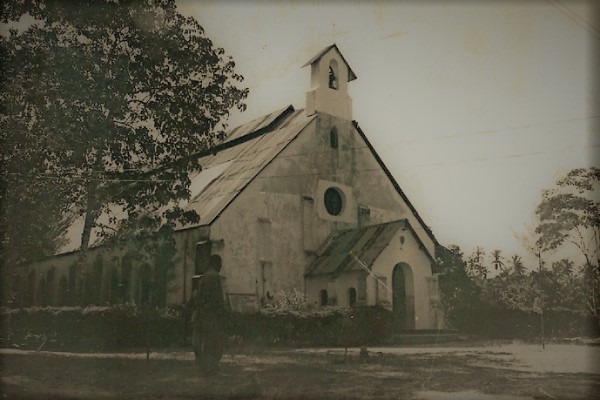
History of The Anglican Church missionaries
In 1799, The Evangelical Clergy of the (Anglican) Church of England formed the Church Missionary Society (CMS). The committee’s agenda was to spread the gospel in various parts of the world, with a focus on Africa and the East.
CMS was able to send out five missionaries to different parts of the world in a span of ten years, and by 1812, the committee changed its name to Church Missionary Society for Africa and The East. The first missionary who arrived in Kenya under CMS was German native Johann Ludwig Kraph.
Krapf’s Journey to East Africa
Krapf discovered his passion and talents early in life which included the ability to quickly grasp foreign languages as well as a love for exploring. He studied theology before CMS beckoned him to join their generalization work in 1836.
Krapf’s mission work began in Ethiopia, an area chosen because of its biblical history narratives. While there, Krapf learnt Amharic but the Ethiopian Christians weren’t looking to change their version of Christianity. In 1842, all western missionaries were banned from Kenya’s northern neighbour. He ventured to Egypt – another ancient area recorded in the Bible. In Egypt, Krapf married Rosine, and together they had a daughter.
His time in Egypt made Krapf ponder on his previous attempt evangelize to the Oromo-Cushitic group of southern Ethiopia. His thoughts prompted him to make another attempt, and thus he planned an expedition to East Africa. Krapf and his family sailed to East Africa, and arrived at the Mombasa port in 1844. Sultan Sayyid Said welcomed Kraph and his family by granting him a permit to set up a mission station in Mombasa.
Although it is not known whether Krapfh set up a mission station at Mombasa, we do know that he interacted with the dominant communities in the Mombasa region; the Mijikenda and Swahili tribes. He learnt both languages. However, whether Krapf continued his quest after the Oromo is also another mystery.
Unfortunately, Krapf’s wife and daughter caught malaria during their stay at the coast and eventually succumb to the illness. Ludwig continued with his mission work albeit with focus on a different location.
A new start in Kilifi County
In 1846, his safari continued 25 kilometres north-west of Mombasa. He set base at the coastal highlands in modern day Kilifi County – a place known as Rabai. Armed with the passion to serve diligently, Krapf set up The Rabai Mission Station and began evangelizing. His knowledge of the common languages aided in his interaction with the Mijikenda. He also successfully translated the book of Genesis and a few scriptures from The New Testament that he hoped would aid in his Christ-focused work.
Somewhere between 1846 and 1848, another CMS missionary – German born Johannes Rebmann, joined Krapf at Rabai.
There is no record of whether they abandoned the mission or left it in the hands of converts. But records and narratives say the duo journeyed further into Kenya, into the then hostile lands inhabited by the Maa.
If you take a trip to Kilifi today, The Rabai Mission still holds fort where it once was. The mission was transformed to a monument in June of 1998 and has since been maintained by The National Museums of Kenya. The cement structure aims to take visitors back in time – over a century and a half ago to be precise.
Have you been to Rabai Mpya as it is today called? We understand that visitors can access some of Kraph’s earliest books and maps!
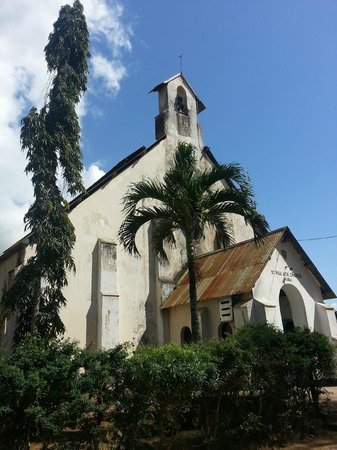
Read more stories from this series on #KeHistoryOfFaith or catch up with our preceding instalment on Mijikenda Kayas.

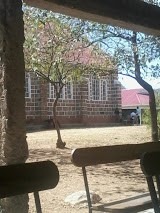
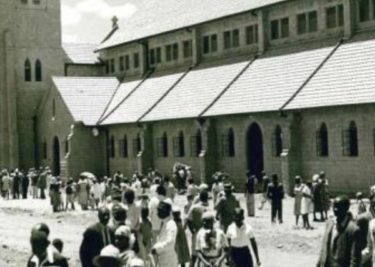
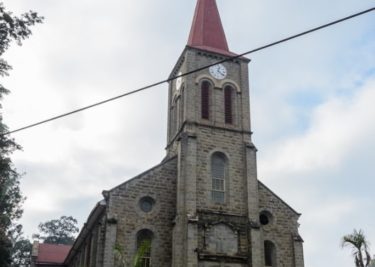
1 Comment
Your story is good and an accurate recording of the basic story. I appreciate it as I did not know about his vain attempts ti evangelize the Lion of Judah country or convert the Muslims of Cairo to Christianity.
Two things though.
One, the correct spelling of his name is KRAPF.
Two, to me his true “claim ti fame” was when, in 1849, he ventured as far as the Kamba country and beheld Mt Kenya. He was amazed at its majesty and asked his guides whst the mountain was called.
“Kiinyaa” replied the Kamba guide.
Krapf recorded in his diary that he had discovered a beautiful mountain called “Kenia”. The British later decided to name the area Kenya.
For me, the beauty of the story is that this single event in our history made me hate the British rendition of our history. So much so, that when I was in first term of Form 4, I decided to drop History as a subject for my forthcoming Cambridge School Certificate examinstion because, I told our then headmaster Rev William Owen, I could not see the value of learning “mere lies” asking him hiw Krapf could have “discovered” a mountain, Kirinyaga, where in fact our Gikuyu God resided?
He told me it was too late to change my subject choices but, in a strange turn of events, allowed me to stop attending the history lessons but I would have to sit the compulsory dubject at the end of the year..
As to what result I got, that is my secret….
Ankojoe